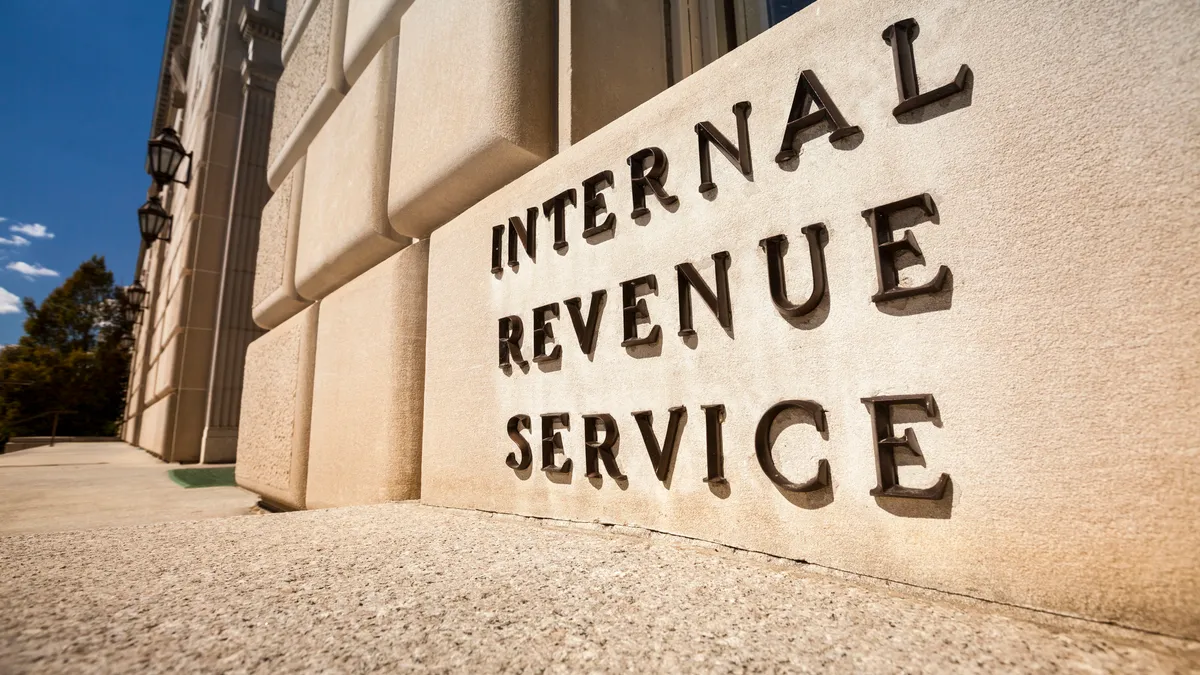Dive Brief:
- The U.S. labor market is losing steam as job seekers find opportunities more elusive and an increasing share of workers are involuntarily employed part time rather than full time, the Conference Board said Monday.
- Also, the share of small companies that report difficulty filling jobs fell last month to 33% from 36% in June, and the proportion of temporary workers to permanent workers rose in July, the Conference Board said. The organization’s Employment Trends Index declined from 108.19 in June to 107.55 in July, the lowest level since October.
- “Companies have grown more hesitant amid tariff and policy uncertainty,” Conference Board Economist Mitchell Barnes said. “But companies appear to be pressing pause rather than leaning into layoffs, given that unemployment and slack remain low,” he said in a statement.
Dive Insight:
The decline in the Conference Board’s employment conditions index tracks Labor Department data released Friday showing that the labor market cooled during the past three months.
Employers added a less-than-forecast 73,000 workers in July, and revisions cut job growth in June and May by a total of 258,000, the Labor Department said. Unemployment increased 0.1 percentage point to 4.2%.
Also, in a sign of greater difficulty in getting jobs, the number of people without work for at least 27 weeks exceeded 1.8 million — the highest level since 2017, excluding the collapse in employment during the pandemic.
The Trump administration’s back-and-forth approach to tariff negotiations has prompted companies to forgo hiring and investment, economists said. The administration’s pullback in hiring has also reduced the number of federal jobs.
For several months this year, the supply of workers has edged down along with demand, bringing the labor market into better balance, Federal Reserve Chair Jerome Powell said at a press conference Wednesday before release of the July employment data.
“By many, many statistics, the labor market is kind of still in balance,” he said after the Fed flagged “elevated” inflation and decided for the fifth straight policy meeting to hold the main interest rate between 4.25% and 4.5%.
“Things like quits, job openings and let alone the unemployment rate, they’re all by many measures very similar to where they were a year ago,” he said. “So you do not see weakening in the labor market.”
At the same time, the job market warrants close attention by the central bank, Powell said.
“The fact that it’s getting into balance due to declines in both supply and demand, though, is suggestive of downside risks,” Powell said. “So of course we’ll be watching that carefully.”
Some economists say employment, inflation and other data point to coming weakness in the economy.
“The economy is on the precipice of recession,” Moody’s Chief Economist Mark Zandi said, blaming restrictions on immigration and import duties, which he said are eroding corporate profits and undermining household purchasing power.
“Unemployment remains low, but that’s only because labor force growth has gone sideways,” Zandi said on X. “Consumer spending has flat-lined, construction and manufacturing are contracting, and employment is set to fall,” he said Sunday on X.
“With inflation on the rise, it is tough for the Fed to come to the rescue,” Zandi said.













